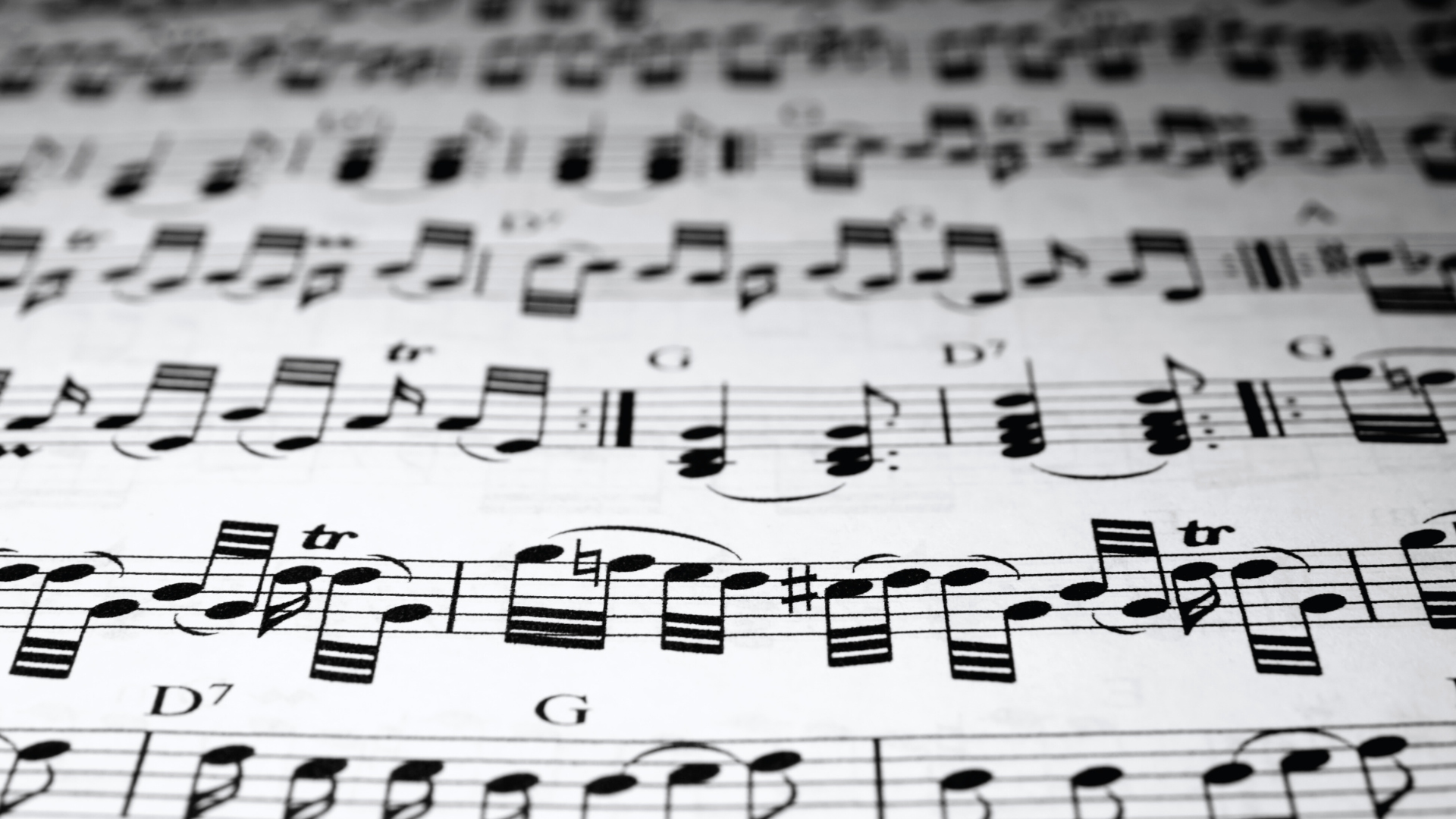Music theory serves as the foundation for understanding music, making it essential for beginners embarking on their musical journey. Grasping the fundamental concepts of music theory equips them with the building blocks necessary to create and interpret music effectively. This knowledge not only enhances their skills but also deepens their appreciation of various musical styles.
For those just starting, music theory can appear complex and intimidating. However, breaking it down into manageable elements such as notes, scales, and chords can simplify the learning process. Each concept builds upon the previous one, facilitating a clearer understanding and making the journey through music both enjoyable and rewarding.
As beginners progress, they will discover that music theory is not just about learning rules but about unlocking creativity. Engaging with these basics allows them to explore new sounds and compositions with confidence, laying the groundwork for deeper musical exploration.
Understanding Music Notation
Music notation is a system that visually represents music through symbols. This section covers the fundamental elements of music notation, enabling beginners to interpret written music effectively.
The Staff, Clefs, and Notes
Music is written on a staff, which consists of five horizontal lines and four spaces. Each line and space represents a different pitch. Clefs, such as the treble and bass clefs, are placed at the beginning of the staff to indicate which notes correspond to the lines and spaces.
Notes are represented by oval shapes and can be filled or hollow, indicating their duration. The basic notes include whole notes, half notes, quarter notes, and eighth notes. Each note corresponds to a specific time value, essential for playing music accurately.
Rhythm, Beats, and Time Signatures
Rhythm is the pattern of sounds and silences in music. It determines how long notes and rests are held, creating a sense of motion. Beats are the basic unit of time in music, and measures group these beats together.
Time signatures, found at the beginning of a piece, indicate the number of beats in each measure and the note value that receives one beat. Common time signatures are 4/4, 3/4, and 6/8. Understanding these elements is crucial for maintaining tempo and meter in musical performance.
Keys, Scales, and Mode
Music is organized in different keys, which are groups of pitches that create a specific tonal center. The two most common types of scales are major and minor scales.
- Major scales are often characterized by their bright and happy sound.
- Minor scales tend to evoke a more somber tone.
Modes, variations of scales, provide different emotional contexts and can change the feel of the music. Familiarity with keys, scales, and modes is essential for composing and improvising music effectively.
Building Harmonies and Melodies
Creating effective harmonies and melodies involves understanding the relationship between chords, intervals, and how they interact in music. These elements form the foundation of musical composition, allowing a musician to craft engaging and emotive pieces.
Chords and Progressions
Chords are groups of notes played together. The most basic chords are triads, consisting of three notes stacked in thirds. Progressions link these chords to create a sense of movement in music. Common progressions include the I-IV-V and I-vi-ii-V sequences.
For example:
|
Chord |
Notes |
|
C |
C – E – G |
| F |
F – A – C |
| G |
G – B – D |
These chords can evoke different feelings when arranged in various progressions. A musician must experiment with these combinations to develop their unique style.
Harmony and Melody
Harmony in music refers to the combination of different musical notes played or sung simultaneously. It enriches a melody by adding depth. Melodies, the primary tunes sung or played, often move stepwise or skip notes, giving them character.
When writing a melody, the harmonic structure influences how the melody feels. For instance, a melody over major chords may sound cheerful. In contrast, if paired with minor chords, it may feel more somber. Balancing these two aspects creates a fuller sound.
Intervals and Their Importance
Intervals are the distances between notes. They play a crucial role in defining the characteristics of harmonies and melodies. Harmonic intervals occur when two notes are played together, while melodic intervals happen when notes are played consecutively.
Understanding intervals helps musicians create interesting melodies and harmonies. For example:
|
Interval Type |
Example |
|
Major Third |
C to E |
| Perfect Fifth |
C to G |
| Minor Sixth |
C to A♭ |
Each interval has a unique sound, which can convey various emotions within music. A solid grasp of intervals is essential for building complex musical ideas.
Expanding Musical Knowledge
A deeper understanding of music theory aids in grasping varied musical elements, including texture and dynamics. Exploring advanced concepts enhances skills in composition and songwriting.
Texture and Dynamics
Texture refers to how musical lines or voices interact. It can be homophonic, featuring a main melody with accompaniment, or polyphonic, where multiple independent melodies occur simultaneously.
Musicians also explore dynamics, which indicate loudness or softness in music. Markings such as piano (p) for soft sounds and forte (f) for loud ones guide performers. The interplay of texture and dynamics helps create emotional depth in musical compositions, enhancing listener engagement.
Advanced Concepts and Songwriting
Advanced music theory encompasses ideas like counterpoint, where independent melodies complement each other. Understanding counterpoint enriches a musician’s ability to create intricate compositions.
Incorporating scales, chords, and progressions enables better songwriting. Techniques such as modulation can add variety and interest. Musicians often experiment with different forms, such as AABA and verse-chorus structures, to craft compelling songs. Learning these advanced concepts fosters creativity and individual expression in music production.

